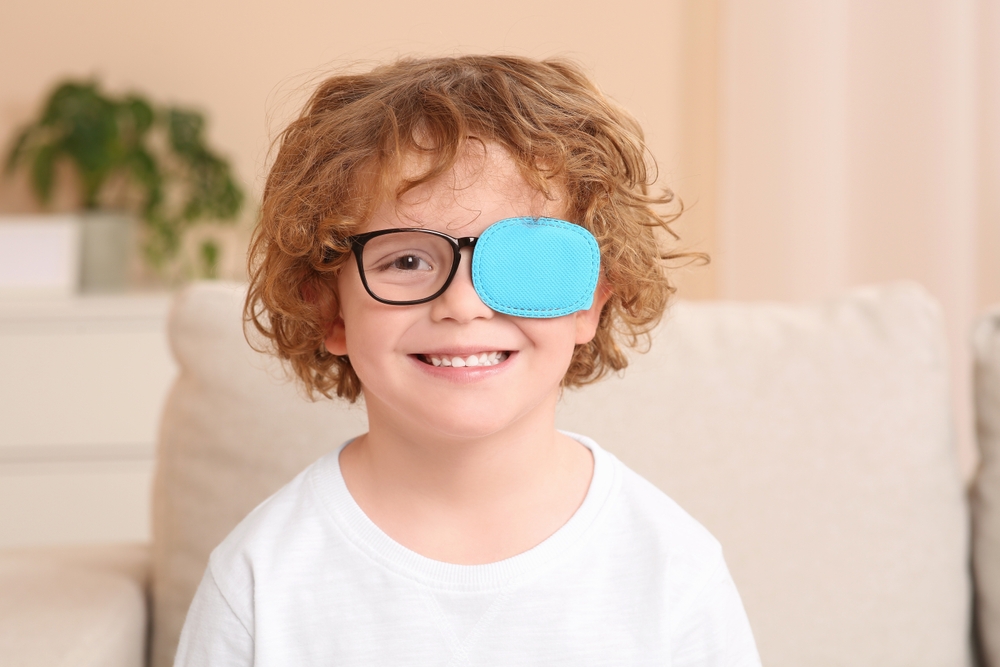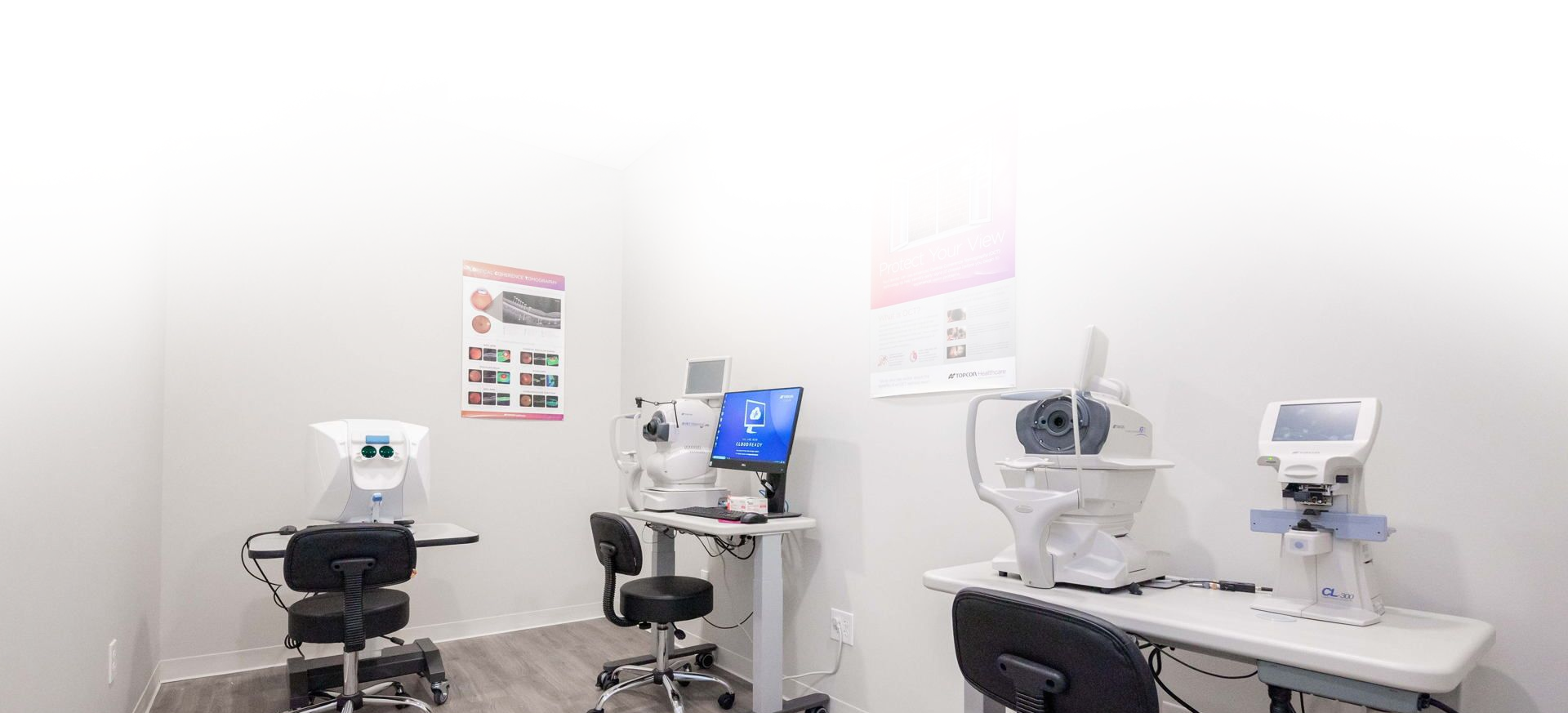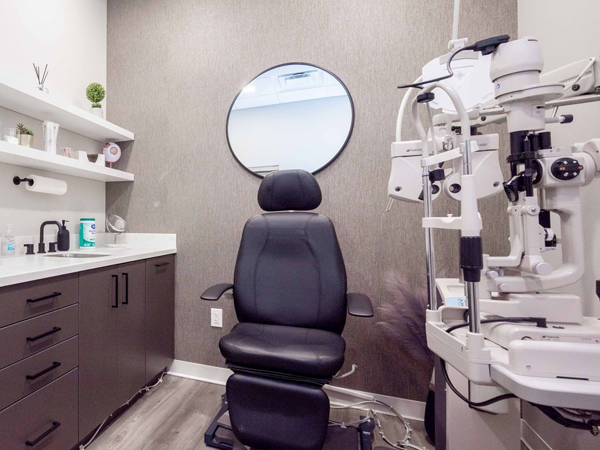
Good vision is critical for a child's physical, educational, and social development. Understanding common eye disorders in children and recognizing their symptoms is crucial. It allows for early detection and treatment, which can often prevent long-term vision problems.
What Are Common Eye Disorders in Children?
When it comes to common eye disorders in children, three conditions stand out: amblyopia, strabismus, and conjunctivitis. Each of these disorders has distinct symptoms, causes, and treatment options. By understanding these conditions, you can be vigilant about your child's eye health and seek medical attention when necessary.
Insights into Amblyopia
Often referred to as 'lazy eye', amblyopia is a common eye disorder in children. It occurs when one or both eyes cannot see clearly, even with glasses. This is due to the brain favoring one eye over the other, leading to poor development of the 'lazy' eye.
Amblyopia usually starts very early in life, often before a child is aware of their vision. Symptoms can be subtle and may include squinting or tilting the head to see better. However, if left untreated, amblyopia can lead to permanent vision loss in the affected eye.
Treatment for amblyopia focuses on forcing the brain to use the weaker eye. This can be achieved through patching the stronger eye, specialized eyeglasses, or vision therapy. Early detection and treatment are key to preventing long-term vision problems associated with amblyopia.
Understanding Strabismus in Children
Strabismus, or 'crossed eyes', is another common eye disorder in children. This condition occurs when the eyes do not align properly and point in different directions. One eye may turn inwards, outwards, upwards, or downwards while the other eye looks straight ahead.
Strabismus can be constant or intermittent and can cause double vision, poor depth perception, and even amblyopia if one eye is consistently favored. Strabismus is often caused by a lack of muscle control that can be present at birth or develop in early childhood.
Treatment for strabismus can include eye exercises, glasses, or in some cases, surgery. As with amblyopia, early detection and treatment of strabismus can prevent long-term vision problems.
What is Conjunctivitis?
Conjunctivitis, also known as 'pink eye', is an inflammation of the conjunctiva, the thin clear tissue that lies over the white part of the eye and lines the inside of the eyelid. It is usually caused by a bacterial or viral infection, an allergic reaction, or by a foreign object in the eye.
Conjunctivitis is highly contagious but is rarely serious and will not cause long-term eye or vision damage if promptly detected and treated. Symptoms include redness, itching, and a gritty feeling in the eye, along with discharge and crusty eyelids.
Other Common Eye Disorders in Children
Apart from amblyopia, strabismus, and conjunctivitis, there are other common eye disorders in children such as refractive errors (myopia, hyperopia, and astigmatism), retinopathy of prematurity (common in premature infants), and color blindness.
Each of these conditions can affect a child's vision and development. They require prompt detection and treatment to prevent any long-term effects on a child's vision and overall wellbeing.
The Importance of Pediatric Eye Exams
Regular pediatric eye exams are crucial for the early detection and treatment of common eye disorders in children. These exams are more comprehensive than the basic eye check-ups done at school, and they can detect vision problems at their earliest stages, when they are most treatable.
Children's eyes develop rapidly, and their vision can change frequently, which is why regular eye exams are so important. These exams also provide an opportunity to educate children about the importance of eye health and good vision habits.
Prevention and Treatment of Common Eye Disorders
Prevention is always better than cure. This holds true for common eye disorders in children as well. Simple steps like ensuring a balanced diet, encouraging regular breaks from screen time, and protecting the eyes from excessive sunlight exposure can go a long way in maintaining eye health.
When it comes to treatment, early detection is key. Most common eye disorders in children are treatable, and early intervention can prevent long-term damage. Regular pediatric eye exams and prompt attention to any changes in your child's vision or behavior related to their sight are essential.
Ensuring Eye Health for a Bright Future
As parents, we must be vigilant about our children's eye health, recognizing the signs of common eye disorders and seeking prompt medical attention when necessary. Early detection and treatment are key to preventing long-term vision problems in children. Let's prioritize our children's eye health and ensure they have a bright, clear view of the world.
To learn more on common eye disorders in children, visit Blackstone Eye Center in our West Chester, Pennsylvania office. We want all our patients to enjoy the best possible vision at every age. Please call (610) 708-5575 to schedule an appointment today.








